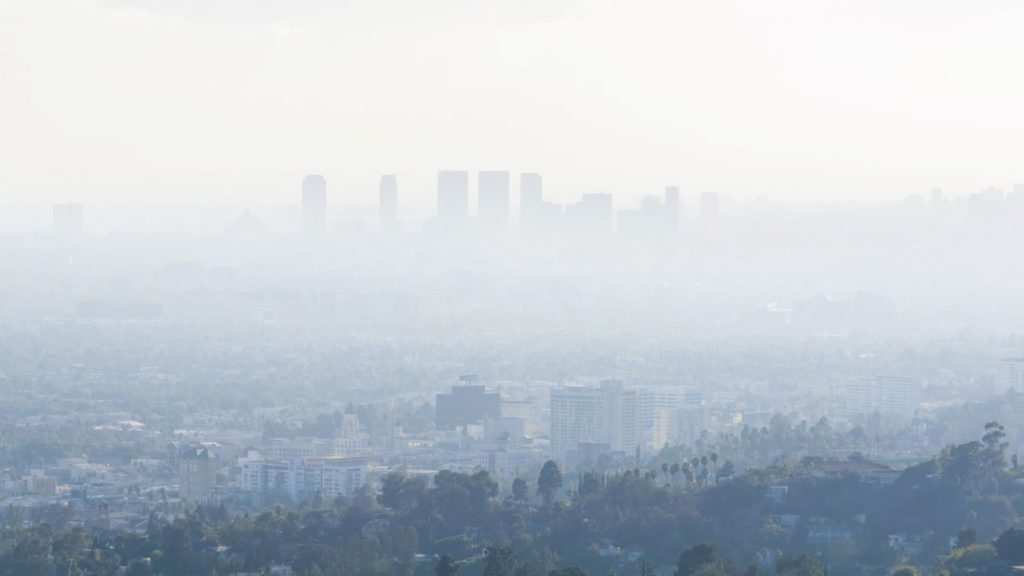
CO2 Is Legally a Pollutant Now
Inflation Reduction Act doesn’t sound like the name of a bill to curb greenhouse gas emissions. But the economy is linked to the environment, and the IRA aims to make that link a more sustainable one. Buried in this money bill is a clause that lays the legal foundation for stronger federal oversight of the emissions most significant to climate change – CO2.
Inflation Reduction Act
The Inflation Reduction Act of 2022 (IRA) has also been called the “the climate bill.” Like the infrastructure deal that committed to funding low-emission transportation, the IRA includes sustainability as the solution to other pressing problems. So, while its titular purpose is to deal with inflation, many of the specific measures presented in the legislation promote sustainable technology and businesses. The climate bill includes tax credits for electric vehicles and residential solar arrays, as well as rebates for energy-efficient appliances. It also includes a provision that amends the Clean Air Act.
Clean Air Act
Congress established the basic structure of the landmark Clean Air Act (CAA) in 1970 and made major revisions in 1977 and 1990. The CAA requires the Environmental Protection Agency (EPA) to establish national ambient air quality standards for specific pollutants based on the latest science. But it has not had a major revision in 30 years. The EPA has set air quality standards for six common criteria pollutants: particulate matter (also known as particle pollution), ozone, sulfur dioxide, nitrogen dioxide, carbon monoxide, and lead. Past revisions to the CAA targeted then-newly recognized air pollution problems such as acid rain and ozone depletion. Although carbon dioxide (CO2) is the most significant pollutant responsible for climate change, CO2 emissions are not specifically identified as a pollutant in the CAA, and no air quality standards for CO2 levels have been legally set.

Carbon Pollution
Next to China, no other country produces as much carbon dioxide as the United States. The U.S. is still the highest per capita emitter. Under the Paris Agreement, the U.S. committed to cutting overall greenhouse gas emissions by 26% to 28% below 2005 levels by 2025. However, the Paris Agreement is only a promise made to other countries. Without domestic legislation, it does not have any legal power to act towards those targets.
In the U.S., the primary initiatives to achieve the target included the Clean Power Plan (a state-by-state program to cut carbon pollution from the power sector) and the tightening of automotive fuel economy standards (CAFE standards) to reduce transportation emissions. The Clean Power Plan was repealed, and CAFE standards were rolled back during the Trump administration. The current administration is getting the U.S. back on track towards clean energy. But environmental regulation is not primarily a job for the White House – the EPA is the agency tasked with protecting human health and the environment.
Regulating Carbon
The CAA has not received an update since the achievement of scientific consensus on climate change. So, the EPA does not have a stated mandate to fight climate change. But it does have a mandate to regulate pollutants. The agency has repeatedly attempted to curb carbon dioxide emissions in the spirit of the CAA’s intent to protect public health and air quality. But there is a long history of legal challenges to any attempt by the EPA to curb greenhouse gas emissions. Most recently, West Virginia vs. E.P.A. exemplifies the pattern of successful challenges in which a conservative Supreme Court reigned in EPA’s efforts to fight climate change.
Often overlooked in favor of flashier tax credits, the IRA also contains new language about carbon dioxide. It specifically addresses the Supreme Court’s justification that Congress never granted EPA the broad authority to shift America away from burning fossil fuels. The new language, as reported by The New York Times, defines carbon dioxide as a pollutant. That gives the EPA the authority to regulate greenhouse gases. It can now use its power to push the adoption of wind, solar, and other renewable energy sources. That will make it much harder for legal challenges to climate regulation to win, even in a conservative court.
Limits on Limiting Carbon
The IRA does not solve the climate crisis or reduce emissions directly. The IRA doesn’t include any actual regulations restricting carbon emissions. By itself, nothing at all will change. But what is does is lay the legal groundwork enabling the EPA to take action. With the IRA language to fall back on, the EPA can reasonably expect to block future legal challenges to any action it takes to regulate CO2 and encourage sustainable energy. Now the onus is on the EPA to pick up the baton and pursue the kind of carbon regulation that can help the U.S. achieve its emissions targets under the Paris Agreement.